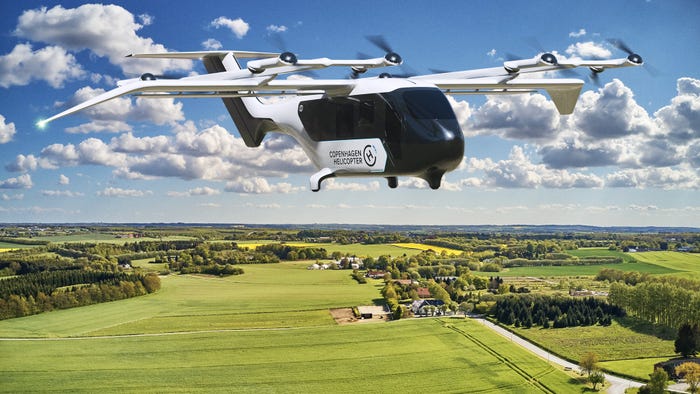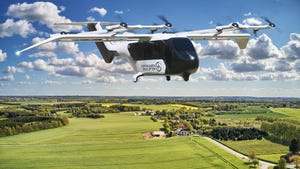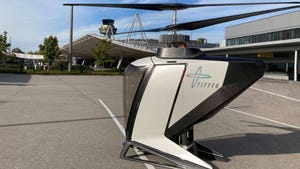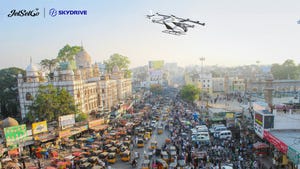Firefly-Inspired Robots Enable Motion Tracking, CommunicationFirefly-Inspired Robots Enable Motion Tracking, Communication
Created by a team at MIT, the insect-sized bots use light emitted from flying to communicate with one another and with a team on the ground

Researchers from MIT have created small flying robots inspired by fireflies, using electroluminescent artificial muscles to create the flying, insect-scale bots. Emitting light while flying, the bugs have potential use cases in search and rescue missions, using their light to signal for help.
The team’s research was recently published in IEEE Robotics and Automation Letters.
To give these microbots flying capabilities, the artificial muscles used to create these small bots are soft and ultra thin, making the bug lighter than a paperclip and unable to carry traditional sensors. The team instead monitors and tracks the robots’ flight using the light they emit and three smartphone cameras.
“If you think of large-scale robots, they can communicate using a lot of different tools — Bluetooth, wireless, all those sorts of things,” said senior author Kevin Chen. “But for a tiny, power-constrained robot, we are forced to think about new modes of communication. “This is a major step toward flying these robots in outdoor environments where we don’t have a well-tuned, state-of-the-art motion tracking system.”
The flying motion of these muscles is created by running a current through an ultrathin stack of elastomer and carbon nanotube electrodes. When a voltage is applied to this stack, the electrodes squeeze the elastomer, and the mechanical strain flaps the wing. Zinc particles were then added to the top layer of elastomer to create light, with different chemical combinations of zinc particles altering the light’s color.
Once the fabrication process was complete, the researchers created a motion-tracking system to test the robots’ flying capabilities. Each electroluminescent actuator was used as an active marker that could be identified and tracked using iPhone cameras, which could identify the position of the robots within 0.03 inches of state-of-the-art infrared motion capture systems.
Next, the team will work on improving the motion-tracking system to enable real-time monitoring of the bots, as well as develop control signals so the robots themselves can turn their light on and off during flight.
About the Author
You May Also Like


.jpg?width=700&auto=webp&quality=80&disable=upscale)





